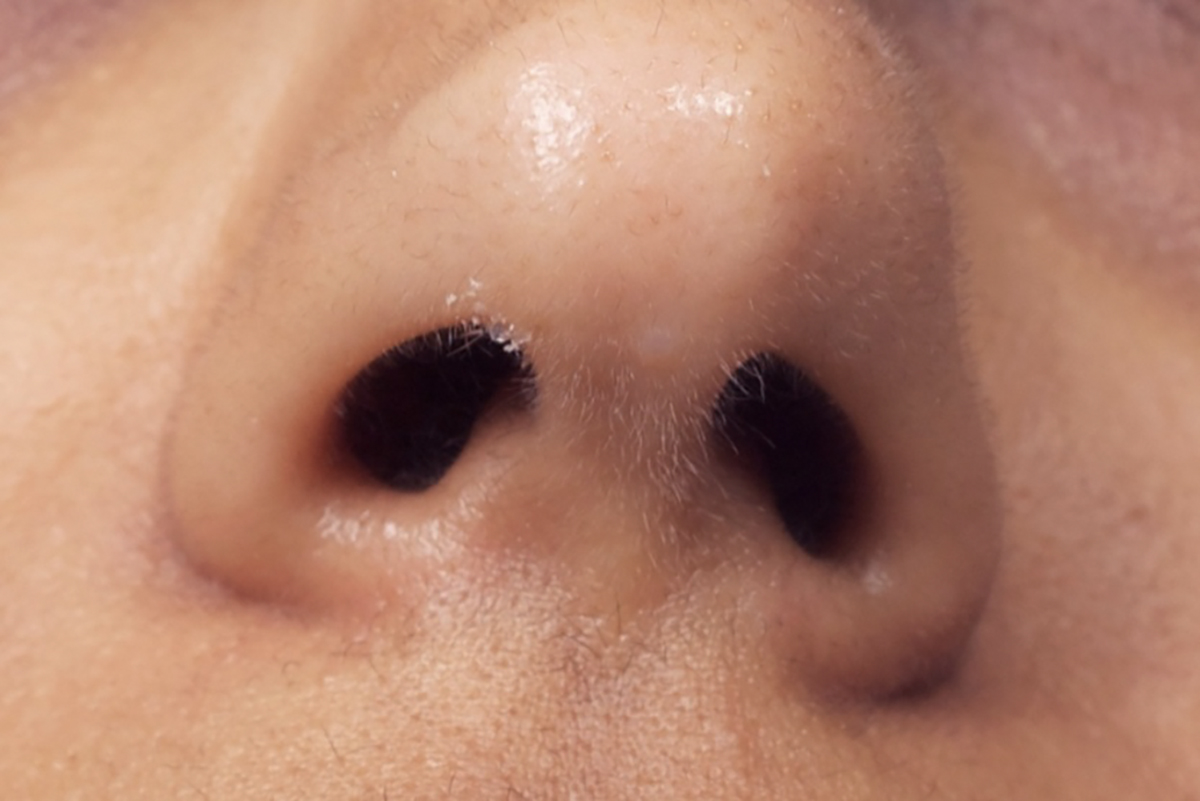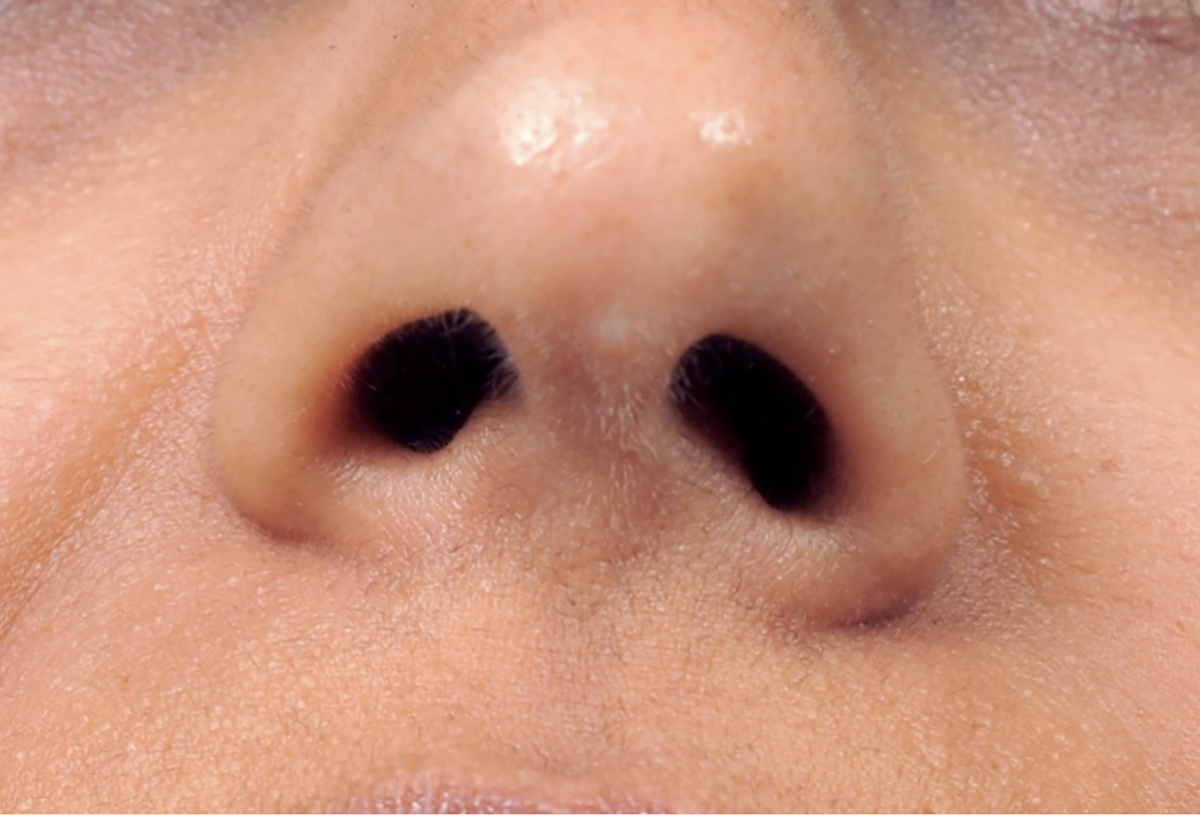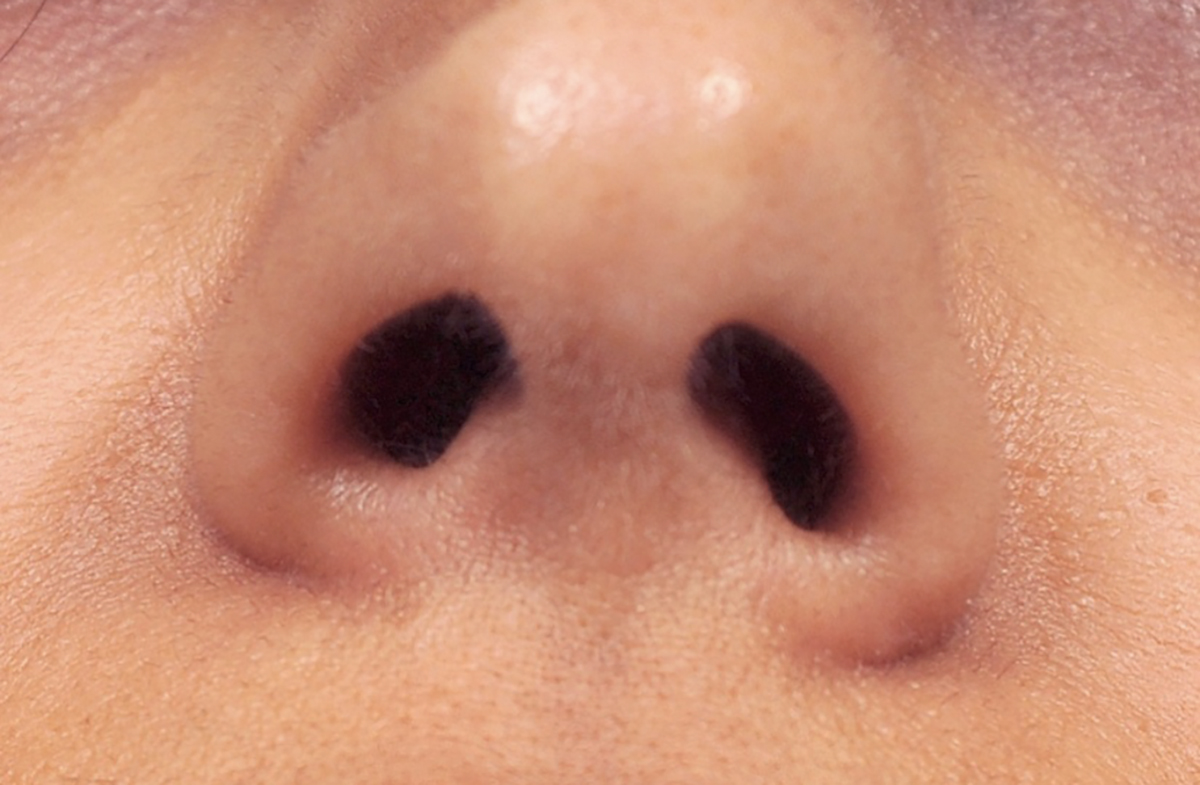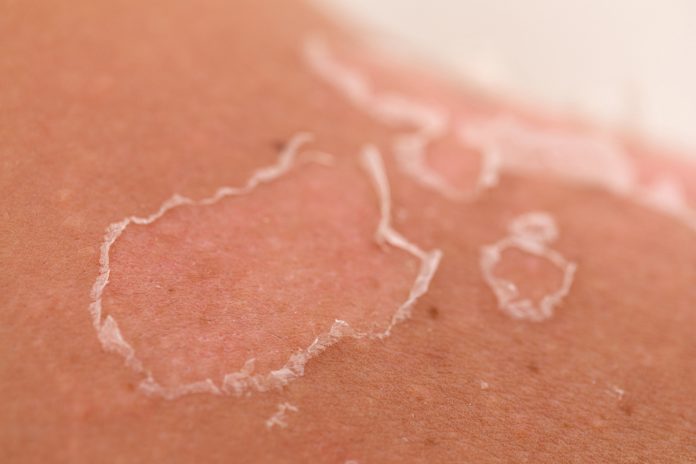Following on from her previous article, Chanda Siddoo-Atwal from Moondust Cosmetics Ltd., continues the discussion about scientific sunburn & skin cancer in this the second of a four-part series. Here, she focuses on two sunscreens that prevent scientific sunburn (apoptosis)
Currently, the sun protection factor (SPF) of a sunscreen is based on its ability to block erythema and immediate pigment darkening (IPD). However, neither of these biological parameters has been linked to skin cancer. Therefore, certain scientists have recommended using another criterion that is more representative of DNA damage and long-term modification, such as apoptotic sunburn cells. It has been termed Apoptosis Protection Factor (APF). This study provides evidence of two sunscreens that appear to be effective in blocking the apoptotic phase of scientific sunburn. The active ingredients utilised were zinc oxide and melanin.
UV, UVB and UVA radiation
Ultraviolet (UV) radiation from the sun is a major cause of skin cancer and accounts for 1.3 million new cases in the U.S. alone each year. It is classed as a complete carcinogen in that it can induce carcinogenesis without the presence of any other stimuli (1).
Solar UV radiation is largely comprised of UVB (280-320nm) and UVA (320-400nm) wavelengths. UVB radiation has been associated with scientific sunburn, immunosuppression, photoaging, skin cancers and DNA lesions. The latter includes cyclobutane pyrimidine dimers and 6,4 pyrimidine pyrimidone. UVA radiation, which represents 95% of the total UV received at ground level, is less energetic than UVB. It has also been associated with immunosuppression, photoaging, and mutagenesis (2).
According to the albino hairless mouse model, both UVB and UVA can be involved in the development of cutaneous cancers, including squamous cell carcinomas (SCC) and basal cell carcinomas (BCC). However, the relative efficiency of UVA in inducing these carcinomas is approximately 10,000 times lower than UVB and much higher doses of UVA are required (3). Both UVA and UVB act by causing programmed cell death (apoptosis) which has been directly linked to carcinogenesis (4). Thus, ideally, sunscreen products should provide efficient protection against both UVB and UVA radiation.



Insights into scientific sunburn
The natural human sunburn cycle (without the use of any sunscreens or suntan lotions/oils, which can occasionally contain tumour promoters) is approximately one week in length (seven days) from start to finish. Macroscopically, it consists of three phases, including inflammation, new tissue formation and apoptosis (visible peeling). Previously, it has been shown that sunburn can also occur despite the use of sunscreen (15 SPF) during the Winter months in a temperate climate.
In addition, sunburn may still occur while wearing stronger sunscreens (30 SPF). Although they may attenuate or even eliminate the first phase of redness and inflammation, the second and third phases may not be prevented. Since it is the last apoptotic phase that has been linked to carcinogenesis, this would appear to reflect an inherent weakness in the general composition of many sunscreens available to the consumer. It also brings into question the efficacy and safety of sunscreens which effectively block inflammation, but are unable to prevent peeling following sun exposure in providing protection against skin cancer (5).
Thus, in the current case study, two new sunscreen formulations were tested for their respective ability to block peeling, or apoptosis following exposure to solar radiation. The first was a preparation of pure zinc oxide (7.5%) in a cream base rather than the microfine or nano form which is currently a popular ingredient of sunscreens (6). The second was a preparation of melanin (50 mg/ml) extracted from black sesame in a cream base containing zinc oxide (7.5%).
Zinc oxide and melanin
Zinc oxide has been used for centuries as a specialised skin ointment and it was known as pushpanjan in Ayurvedic medicine. It was chosen for its property as the broadest spectrum UVA and UVB reflector that is approved for use as a sunscreen by the FDA (7). It acts as a physical sunblock by scattering ultraviolet light more effectively than other substances. Moreover, it is photostable (8). Zinc oxide has the added advantage of sitting on the surface of the skin with minimal absorption, which may not be the case with the microfine or nano form.
Melanin was chosen because it is the natural sunscreen of the human body, which usually protects itself from solar radiation by increasing melanin production. It ranges in colour from red and yellow (pheomelanin) to brown and black (eumelanin) with the latter being the most effective (9,10). It likely acts as a chromophore by absorbing light energy and undergoing a subsequent conformational change involving the excitation of electrons. The resulting energy may be converted into lower energy radiation and heat, which can be dissipated. However, certain individuals are not able to produce enough melanin to fulfil this function, and the result is sunburn. Thus, there is reason to suppose that it may be one of the most suitable ingredients in a commercial sunscreen. Previously, it has been shown that bacterial-derived melanin can provide photoprotection against UVA-induced cell death (11). Therefore, in this study, melanin derived from black sesame (Sesamum indicum) was selected for its potential application as an active sunscreen (courtesy of Lingonberry Organic Foodstuffs, China).
Absorbance studies carried out on zinc oxide and melanin confirmed their physical properties (courtesy of Matthew Brichacek and Professor PJ Hergenrother’s Lab). The zinc oxide at 7.5% was found to be a good reflector in the UVB and UVA ranges. The melanin at .4mg/ml was found to absorb light nicely in the UVB and UVA2 (320-340nm) ranges, while it was only moderate in the UVAI range (340-400nm). In fact, a comparative graph of mass extinction coefficients showed that zinc oxide absorbed slightly better than melanin over a range of various UV wavelengths. Thus, since zinc oxide alone appeared to be an adequate sunblock at this concentration, it was reasoned that these two ingredients should provide even greater sun protection together as they would cover more surface area of the skin.
The experimental model was similar to the one previously described (5). Since there was no peeling even 96 hours after sun exposure with either sunscreen, this indicates that both these formulations are effective in helping to prevent the apoptotic phase, but not necessarily the inflammatory phase, of UV-induced sunburn (Figures 1, 2 & 3). Thus, these two sunscreen formulations are preferable to sunscreens that prevent the inflammatory but not the apoptotic phase of scientific sunburn, which has been directly linked to carcinogenesis. In fact, erythema and IPD have been chosen as the current endpoints for evaluating the sun protection factor (SPF) of sunscreens, but it has been suggested that other endpoints are more representative of long- term cutaneous UV damage, such as global DNA damage or cell death/apoptosis for this reason (12).
The next and third of this four-part series will appear in the July 2022 edition of the digital publication, Open Access Government.
References
- Reagan-Shaw S, Afaq F, Aziz MH, Ahmad N. Modulations of critical cell cycle regulatory events during chemoprevention of ultraviolet B-mediated responses by resveratrol in SKH-1 hairless mouse skin. Oncogene 23: 5151-5160, 2004.
- Bernerd F, Vioux C, Lejeune F, Asselineau D. The sun protection factor (SPF) inadequately defines broad spectrum photo-protection: demonstration using skin reconstructed. European Journal of Dermatology 13(3): 242-249, 2003.
- Routaboul C, Denis A, Bohbot M. Proposal for a new UVA protection factor: use of an in vitro model of immediate pigment darkening. European Journal of Dermatology 12(5): 439-444, 2002.
- Siddoo-Atwal C. Ataxia-telangiectasia [AT], apoptosis, and cancer: a viewpoint. Indian Journal of Ecology 36(2): 103-110, 2009.
- Siddoo-Atwal C. A Case-Study of Apoptotic Sunburn with Sunscreen. Indian Journal of Ecology 38(2): 300-301, 2011.
- Pinnell SR, Fairhurst D, Gillies R, Mitchnick MA, Kollias N. Microfine zinc oxide is a superior sunscreen ingredient to microfine titanium dioxide. Dermatologic Surgery 26(4): 309-314, 2000.
- U.S. Food and Drug Administration. http://www.fda.gov/RadiationEmittingProducts/RadiationEmittingProductsandProcedures/Tanning.
- Mitchnick MA, Fairhurst D, Pinnell SR. Microfine zinc oxide (Z-Cote) as a photostable UVA/UVB sunblock agent. Journal of the American Academy of Dermatology 40(1): 85-90, 1999.
- Chintala S, Li W, Lamoreux ML, Ito S, Wakamatsu K, Sviderskaya EV, Bennett DC, Park Y-M, Gahl WA, Huizing M, Spritz RA, Ben S, Novak EK, Tan J, Swank RT. Slc7a11 gene controls production of pheomelanin pigment and proliferation of cultured cells. Proceedings of the National Academy of Sciences of the United States of America 102(31): 10964-10969, 2005.
- Kaidbey KH, Kligman AM. Sunburn protection by longwave UV-radiation-induced pigmentation. Archives of Dermatology 114: 46-48, 1978.
- Geng J, Tang W, Wan X, Zhou Q, Wang X-J, Shen P, Lei T-C, Chen X-D. Photoprotection of bacterial-derived melanin against ultraviolet A-induced cell death and its potential application as an active sunscreen. Journal of the European Academy of Dermatology and Venereology 22(7): 852-858, 2008.
- Siddoo-Atwal C. A Case-Study of Two Sunscreens that May Prevent Apoptotic Sunburn. Indian Journal of Ecology 39(1):131-134, 2012
Please note: This is a commercial profile
© 2019. This work is licensed under CC-BY-NC-ND.











